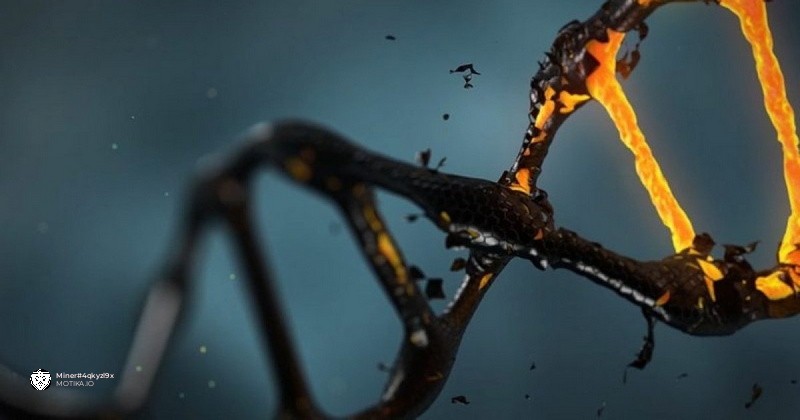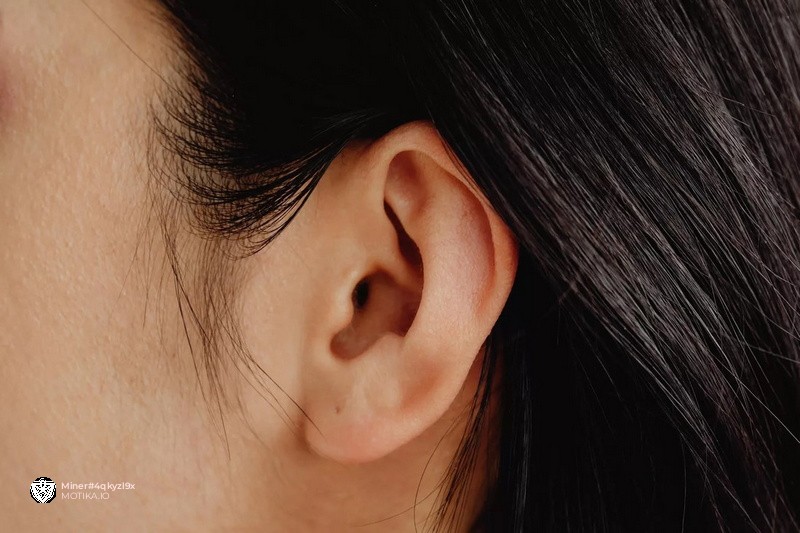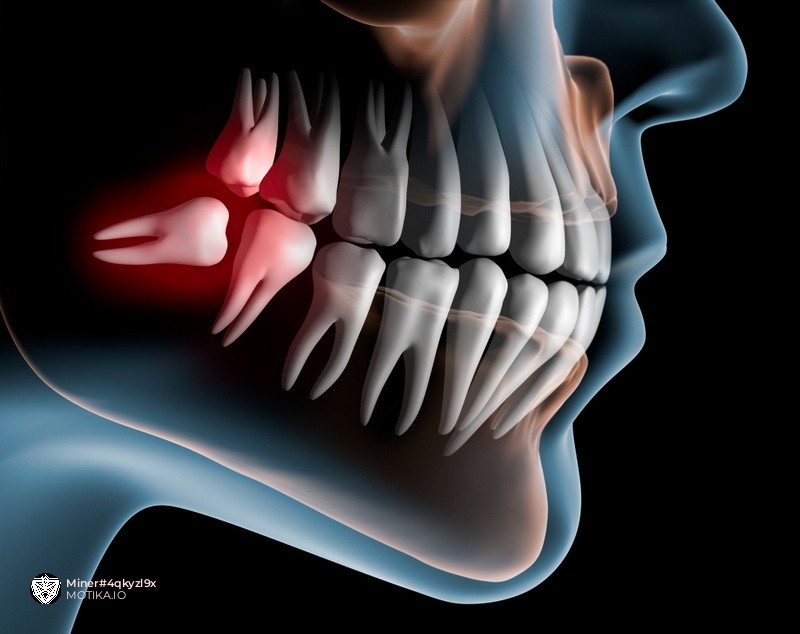Vestigal organs in human evolution
The concept of vestigial organs or structures in human evolution refers to traits that have lost most or all of their original functions but are still present in modern humans. These vestiges provide insights into our evolutionary history and the changes that have occurred over time.

In This Article:
Piloerection (Cutis Anserina)
This refers to the involuntary erection of hair follicles on the skin, commonly known as goosebumps. In humans, this response is more of an emotional reaction rather than a functional one for temperature regulation since we have lost most of our body hair. It's a remnant of our evolutionary past when it was useful for insulation.

"Junk" DNA
Also known as non-coding DNA, this refers to regions of the genome that do not code for proteins. Some researchers suggest that much of our DNA contains genetic remnants that served evolutionary purposes in the past but are no longer functional. This concept is controversial and not universally accepted in the scientific community.

Grasping Reflex
Newborn humans have a reflex that allows them to support their weight briefly when suspended by their arms. This reflex is more pronounced in baby monkeys, reflecting their need to cling to their mother's fur. In humans, it diminishes as we develop and is thought to be a vestige of our evolutionary heritage.

Ear Muscles
Humans have tiny muscles in their ears that are remnants of an evolutionary past when our ancestors could move their ears to detect sound sources better. While not as functional in modern humans, these muscles can still be activated in response to certain intense sounds. Coccyx (Tailbone): The coccyx is a remnant of the tail that our primate ancestors had. While most humans are born without visible tails, sometimes there are rare instances of vestigial tails. These remnants typically lack bones or cartilage and may require surgical removal.

Wisdom Teeth
Our third molars, commonly known as wisdom teeth, were useful for our ancestors who had diets requiring more chewing power. However, with changes in diet and advancements in cooking methods, these teeth often become problematic due to a lack of space in our jaws.

Sense of Smell
While humans still have a sense of smell, it has diminished in importance compared to our ancestors who relied on it heavily for survival. Today, it's more of a sensory experience rather than a critical survival tool.

